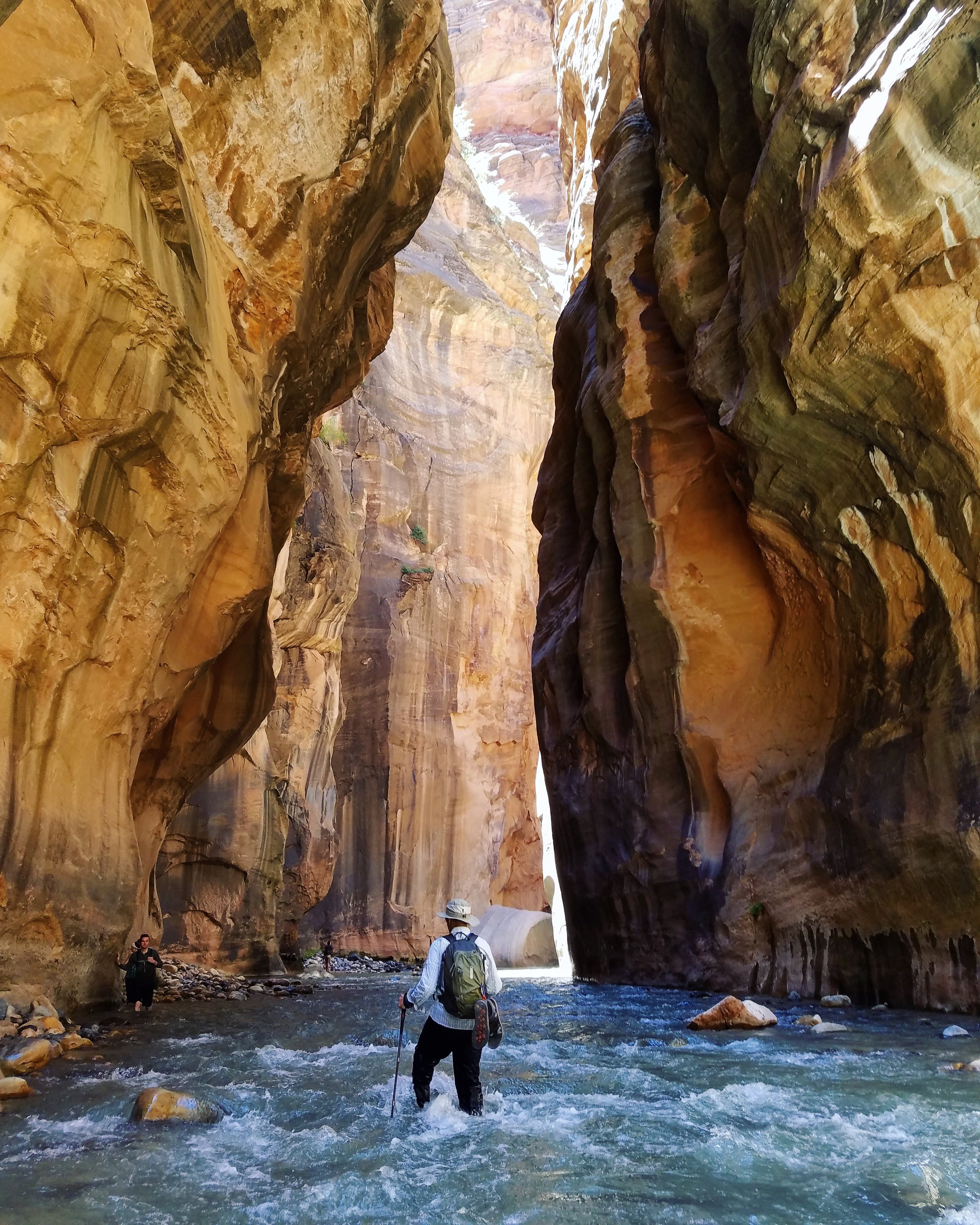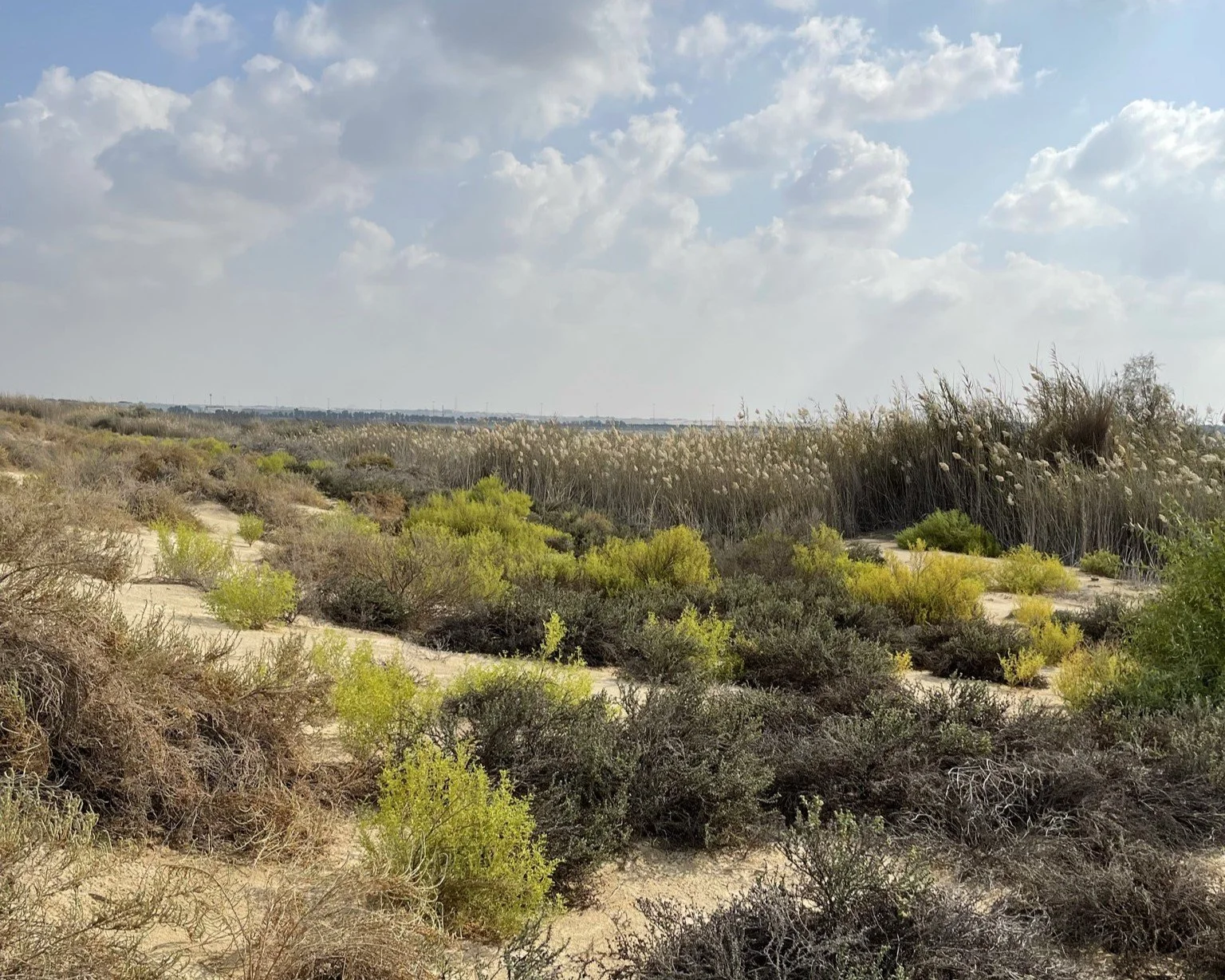Backpacking FAQs

Below are some questions and answers to frequently asked questions about backpacking. These answers are geared toward weekend backpacking trips in the mid-Atlantic region.
How long will it take?
If you’re not sure of how fast you hike while backpacking, use an average 1.5-2 miles an hour to plan your trip. Your average speed will depend on your physical abilities, backpack weight, terrain, and weather. If you’re unsure of how far you’ll be able to hike, plan for less than 10 miles per day until you’re comfortable with more.
How much water should I carry?
As a rule, plan on being able to carry at least 2L of fresh water. This fresh water will be used for drinking and cooking. On especially warm or even cold dry days you will consume more water than you’ll realize and without sufficient sources to filter and replenish your supply, you can quickly find yourself in an unpleasant situation.
If you’re worried about weight, remember that as you consume your water, your pack will get lighter. 1 liter of water weighs 2.2lbs.
How much weight should I carry?
The weight of your pack will depend on the duration of your trip as well as the weight of your individual gear and supplies. Starting with the right size bag will prevent you from overpacking. 30-50L pack for a weekend trip is sufficient, while a larger bag is appropriate for longer trips or thru-hikes. Use a luggage scale to measure your pack and practice by doing day hikes with a fully loaded bag. Watch out for items that can get heavy and bulky like your tent, food, and clothes.
What’s the best footwear for backpacking?
The footwear you’ll see on the trail will vary from strapped sandals to trail-running shoes to combat boots. When selecting footwear for backpacking just take into consideration the terrain you’ll be traversing, the weight you’ll be carrying, and what it takes to get the proper fit. Typically, you can expect for your feet to swell and going with a ½ size larger than your normal shoe size typically works for most people. Whatever you decide, make sure that you give enough time to break-in your footwear to prevent foot problems on the trail. Pair your shoes with some moisture-wicking (non-cotton) socks to keep your feet dry and happy.
How do I plan my meals?
The duration, location, and personal preferences of your backcountry trip will dictate how you plan your meals. In the backcountry, don’t rely on being able to have a campfire due to restrictions or weather conditions. A light-weight camp stove that will allow you to quickly boil water gives you lots of flexibility. Preparing and organizing your meals in advance will make it easier when you’re exhausted on the trail and may not feel like making an elaborate meal. Easy to consume snacks will also help you stay energized on the trail with minimal effort. When packing, food is often the densest and heaviest part of your pack, give consideration to how you can lighten by removing excess packaging and dividing up items to pack easier.
Share your plans
Once you have put together your plan, invite your friends. If they have backpacking experience you can gain a lot knowledge and practice skill in a more comfortable environment. Always remember to share your plans with a family member or friend so that they know where you’re going and when they can expect your return. When you arrive at the trailhead, make sure you have your permit, sign in to any backcountry hiker logs, or contact the ranger station so they know you’re out there.
What do I do if I’m lost?
STOP! The first thing to do once you’ve realized you are lost is to stop moving. If you are in a safe area where there are no immediate dangers, stay there until you can assess your situation. It is too easy to make a series of quick on-the-fly decisions and find yourself in a worse situation.
- Once you’ve stopped hiking. Take a minute to sit down and eat something. This will give you a moment to clear your head, stay calm, and get an understanding of your surroundings
- Assess whether you are still on a marked trail. If so, you can walk back 100 yards to see if you locate a trail blaze or marker that will identify which trail you are on.
- Assess your surroundings, take note of whether you are on a ridge, in a valley, or near any recognizable landmarks such as a peak or firetower
- Consult your map and compass to determine where you are either by taking a bearing or reading the topography
- If you are unsure of your location, stay in the same location. It will be easier for someone to find you if you aren’t on the move
- Prepare yourself and your area to be as visible as possible while ensuring you are safe from changing temperatures and have sufficient food and water. Use your whistle or other emergency tools you’ve brought with you.
- If you are in an unsafe area try to stay on the trail, if that’s not feasible move downhill following a stream or valley
What do I do I stay safe in hot or cold temperatures?
To stay safe in any environment, it is important to plan for and mitigate for the effects of extreme temperatures. Prepare for heat exhaustion or heat stroke in the summer months and hypothermia and frostbite in the fall, winter, and spring when temperatures can fluctuate greatly. While hypothermia is most likely at very cold temperatures, it can occur even at cool temperatures (above 40°F) if a person becomes chilled from rain, sweat, or submersion in cold water.
HEAT RELATED ILLNESS
What to look for:
Heavy sweating
- Cold, pale, and clammy skin
- Fast, weak pulse
- Nausea
- Muscle cramps
- Tiredness or weakness
- Dizziness
- Headache
- Fainting (passing out)
What to do:
- Stop physical activity and move to a cool shady place
- Loosen your clothes
- Put cool, wet cloths on your body or immerse in a cool stream
- Sip water
- Get medical help right away if:
- You are throwing up
- Your symptoms get worse
- Your symptoms last longer than 1 hour
COLD RELATED ILLNESS
What to look for:
- shivering, exhaustion
- confusion, fumbling hands
- memory loss, slurred speech drowsiness
- bright red, cold skin
- very low energy
What to do:
- Get medical attention as soon as possible
- Get the victim into a warm room or shelter
- If the victim has on any wet clothing, remove it
- Warm the center of the body first—chest, neck, head, and groin—using an electric blanket, if available. You can also use skin-to-skin contact under loose, dry layers of clothing or sleeping bags, or emergency blanket
- Warm beverages can help increase body temperature
- After body temperature has increased, keep the person dry and wrapped in a warm blanket, including the head and neck.
What do I do in a lightning storm?
When you hear thunder, immediately move to safe shelter: a substantial building with electricity or plumbing or an enclosed, metal-topped vehicle with windows up. If you’re unable to make it to these places safely, then use the following guidance to stay safe:
- Put down your pack and trekking poles on the trail (also umbrellas and cell phones)
- Seek a wooded area of shrubs and trees that are generally the same height, low lying areas such as ditches or ravines
- Spread out from others at least 15-20 feet
- Assume a low crouching position with your feet together and your weight on the balls of your feet
- Avoid bodies of water, rocky outcroppings, ridges, metal objects, solitary tall trees, and open spaces
- Do not lie flat on the ground
- Keep a high level of safety awareness for 30 minutes after the last observed lightening or thunder
What do I do if I encounter a bear?
The best thing to do is to avoid an encounter. Avoid bringing scented items, keep a tidy campsite, make noise as you’re hiking to alert bears near the trail of your presence. If you should encounter a bear, keep a safe distance and remember that they are generally afraid of humans. Use the following guidance to stay safe:
- Identify yourself by talking calmly so the bear knows you are a human and not a prey animal. Remain still; stand your ground but slowly wave your arms. Help the bear recognize you as a human. It may come closer or stand on its hind legs to get a better look or smell. A standing bear is usually curious, not threatening.
- Stay calm and remember that most bears do not want to attack you; they usually just want to be left alone. Bears may bluff their way out of an encounter by charging and then turning away at the last second. Bears may also react defensively by woofing, yawning, salivating, growling, snapping their jaws, and laying their ears back. A scream or sudden movement may trigger an attack. Never imitate bear sounds or make a high-pitched squeal.
- Pick up small children immediately.
- Make yourselves look as large as possible (for example, move to higher ground).
- Do NOT give the bear food or drop your pack. Getting your food will only encourage the bear and make the problem worse for others. Do not drop your pack it can provide protection for your back and prevent a bear from accessing your food.
- Leave the area or take a detour. If this is impossible, wait until the bear moves away. Always leave the bear an escape route. If the bear is stationary, move away slowly and sideways; this allows you to keep an eye on the bear and avoid tripping. Moving sideways is also non-threatening to bears. Do NOT run, but if the bear follows, stop and hold your ground; they will chase fleeing animals. Do NOT climb a tree.
- Hike and travel in groups. Groups of people are usually noisier and smellier than a single person. Therefore, bears often become aware of groups of people at greater distances, and because of their cumulative size, groups are also intimidating to bears.
- Be especially cautious if you see a female with cubs; never place yourself between a mother and her cub, and never attempt to approach them. The chances of an attack escalate greatly if she perceives you as a danger to her cubs.
- Black Bears: If you are attacked by a black bear, DO NOT PLAY DEAD. Try to escape to a secure place such as a car or building. If escape is not possible, try to fight back using any object available. Concentrate your kicks and blows on the bear's face and muzzle. If any bear attacks you in your tent, or stalks you and then attacks, do NOT play dead—fight back!
If you have a question that's not answered here, let me know and I'll add it to the list. Thanks!
I am an avid hiker and amateur naturalist. I hike to satisfy that persistent curiosity of what of nature’s wonders lies just beyond the next bend.





